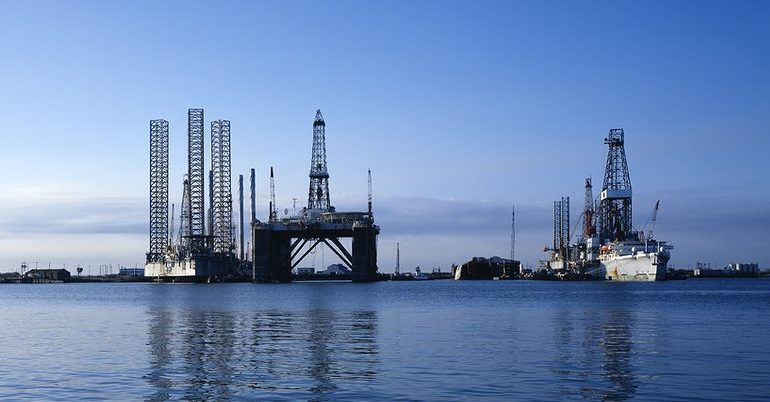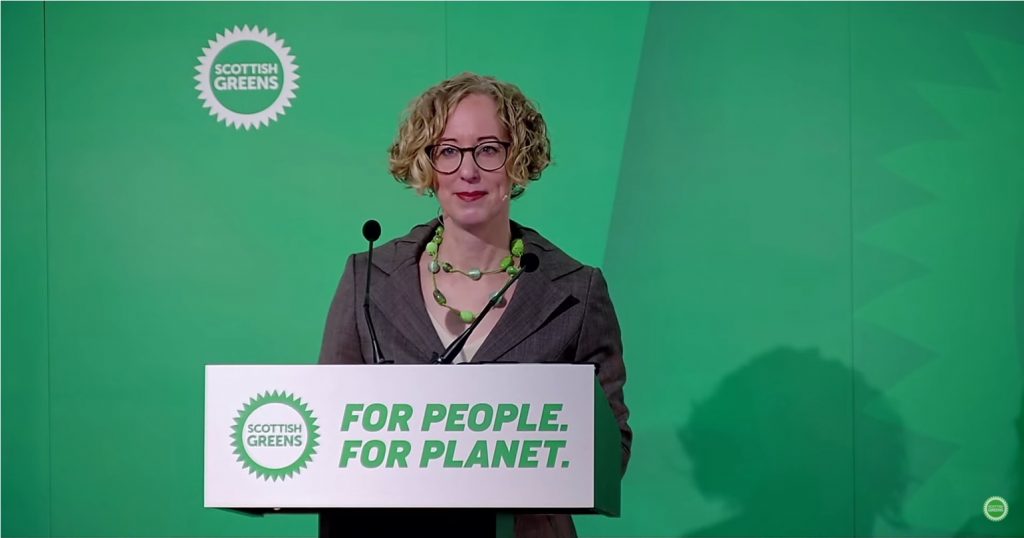The latest IEA report spells the end of one excuse for climate inaction

The world of energy has a lot of reports. Almost all of them that attempt to predict the future have been wrong. Most of them say nothing new. The International Energy Agency (IEA) pathway to 1.5 degrees report, outlining the technological and policy steps for the world to avoid 1.5 degrees of heating and reach net-zero is in keeping with this and as such, on the face of it, changes nothing.
However its publication is nonetheless an historic moment with potentially transformative implications for humanity.
What it the IEA?
The International Energy Agency (IEA) was founded in 1976 following the Arab Oil embargo that sparked mass oil shortages. Its initial task was to manage the strategic petroleum reserve for Western countries in order to mitigate the devastation the OPEC cartel could inflict on their economies. Based in Paris, they continue their close alliance with Western oil firms to this day.
It has since expanded to include a large analysis unit that at least once a year publishes the World Energy Outlook an annual look at world energy demand that is well regarded around the world.
What is the 1.5 pathway report?
The IEA has traditionally had three broad scenarios covered in the world energy outlook:
- the Business as Usual Scenario – we carry on as before with no change
- the new policy or stated policy scenario – looking at what would happen if governments followed though on already outlined policy
- the sustainable development scenario – looking at if more policy action was taken on carbon action and for universal energy access
However, none of these consider how to get the world to 1.5 degrees of warming, the level indicated as a target in the 2015 global Paris Climate change agreement. Even the scenarios that do cover this tend to assume a high level of unproven negative emissions technology. This has been taken by many to imply that the IEA does not consider it possible to restrict planetary warming to this degree.
This is bad news for life on earth.
The IEA’s latest report is the first time it has – with the support of the IMF – outlined a pathway of how the 1.5 degrees of warming could be achieved by the end of the century.
What does the report say?
The report outlines a viable, if difficult pathway to reach net-zero carbon emissions by 2050 and ensure global power access for all. Following this pathway “by 2030 the world economy is 40% larger but uses 7% less energy” by 2050, global energy demand is 8% lower, the economy double the size, the population is 2 billion people bigger and electricity access is universal.
The most explosive section of the report, though, concerns the fossil fuel sector. It reads “Beyond projects already committed as of 2021, there are no new oil and gas fields approved for development in our pathway, and no new coal mines or mine extensions are required.” This short sentence confirms that any investment in new fossil fuels is incompatible with a 1.5 degree pathway. This alone is a transformation of the energy system and invalidates the existing policy of every major firm in the sector and almost every government on earth. The report goes further, calling for inefficient coal to be gone by 2030 and for unabated coal to disappear by 2050.
The three big drivers of this change are renewable additions, energy efficiency and electrification of almost everything.
Wind and solar have seen record additions in the last few years, setting a record of 290GWs in a single year in 2020. In the IEA pathway by 2030 there are annual capacity additions 630GW of solar and 390GW of wind. Renewables rise from less than a quarter of energy sources to over two thirds by 2050. Renewables become the predominate electricity source as early as 2030, by 2035 developed countries have clean energy grids and by 2040 almost all energy grids are renewable.
Energy efficiency is doing a lot of heavy lifting in this pathway. As mentioned above energy supply is lower in 2050 than in 2030, this is due to energy efficiency improvements of 4% a year, approximately double the global average rate from 2% per annum. This leaves energy demand declining despite a growing economy. This is plausible because the pathway also calls for an electric future, electricity being more efficient as an energy carrier than coal.
Electricity is the one energy carrier we can very confidently decarbonise, so it makes sense to grow it’s share of the global power sector. Under the pathway 60% of car sales are electric by 2050 and over 50% of heating. This raises electricity to over 50% of global power supply by 2050 from around 10% today.
What about nuclear?
The report has mixed news for nuclear advocates, recommending an increase in nuclear at a rate faster than throughout the 2030s. It is 10% of the power mix by 2050 – roughly double what it is today, but hardly the explosive growth that is seen for other types of low carbon power and it is likely that this will be concentrated in China, the only country that is building significant new nuclear at the moment.
There is a low nuclear scenario but to overcome the lack of dispatchable power there needs to be additional power capacity, around 13% of the global total, or the entire demand of India and China.
What about Hydrogen?
There is a lot of hydrogen, particularly in the 2030s and mainly being used to replace industrial process, with some used for heating and heavy transport trucks. There is around 149m tons of low carbon hydrogen by 2030 alone. Current production is less than 9m tons.
Why does this matter?
In many ways this does not tell us anything that we have not seen in similar reports. Nor does it have many stunning revelations. Environmentalists have been saying we need to stop using fossil fuels and massively grow renewables and other low carbon options for around three decades now. The need for energy efficiency and electrification have been key elements of low carbon pathways for at least two decades.
However, this is not Greenpeace, or even the UK’s Committee on Climate Change. The IEA not only have one of the largest and best respected teams of world energy analysts but also some of the most conservative. They have for nearly two decades underestimated the potential cost reductions of solar and it’s rollout to an almost comical degree (there is a good case they continue to do so even with this current report).
On a webinar discussing the report Bruce Robertson, Energy Finance Analyst at IIEFA called the IEA “fossil fuel shrills”. Yet the report is relentless that fossil fuel expansion is not needed, damming constructed liquefied natural gas facilities as unneeded. Promoting the report, the IEA director called the fossil fuel investments “junk”. Dave Jones, Director of Ember – another analyst group – described reading it like “reading the death of fossil fuel lobbying”.
The only respected global energy outlooks still suggesting we can continue to expand fossil fuels and somehow get out of it with net-zero technology or carbon capture now belong to those produced by large oil firms such as Shell and BP. Kingsmill Bond, of Carbon Tracker notes that for decades the IEA scenarios have provided a “shield” for corporations and governments to hide behind. That shield is now gone.
This is massive for the divestment movement, those attempting to hold government to account in the courts and every policy debate on renewables expansion or closing a coal mine. The chart below highlights the key polices that need to be implemented and times to implement them. Some may argue greater speed is needed, but there is no question about the near term direction. Coal out as fast as possible renewables up as quickly as possible and as much housing retrofitting as imaginable to drive efficiency.

So all good then?
The report echoes many other 1.5 degree pathways in making clear the extent to which we are off track. The same report looks at where we are based on outlined polices and the more vaguely defined global net-zero pledges and echoes others in concluding that our current trajectory does not get us to where we need to be. Meanwhile despite the clear coal to end gas, new gas capacity is being built all around the world and in the Asia-Pacific coal capacity actually grew last year.
To turn this ship around requires a massive effort. The IEA report calls for 5 trillion in energy investment, installing more wind and solar each year in 2030-2050 and more clean Hydrogen capacity being produced in 2030 than has been produced in the history of the world so far. It requires massive energy efficiency and retrofits more than quadrupling the current average. It requires high degree of behavioural change, and all this done in the face of increasingly challenging climate impacts. The report is less detailed about the political process to get us there, though it helpfully highlights that although 55% of the cumulative reductions are linked to consumer choice and the private sector plays a role the key input comes from changes to government policy.
What this report does is set out with absolute clarity and in broad alignment with every other credible actor’s approach on what we need to do, the scale we need and that it can be done. It symbolises the end of another excuse for inaction.
PS. We hope you enjoyed this article. Bright Green has got big plans for the future to publish many more articles like this. You can help make that happen. Please donate to Bright Green now.
Image credit: Carol Highsmith – Creative Commons




Leave a Reply